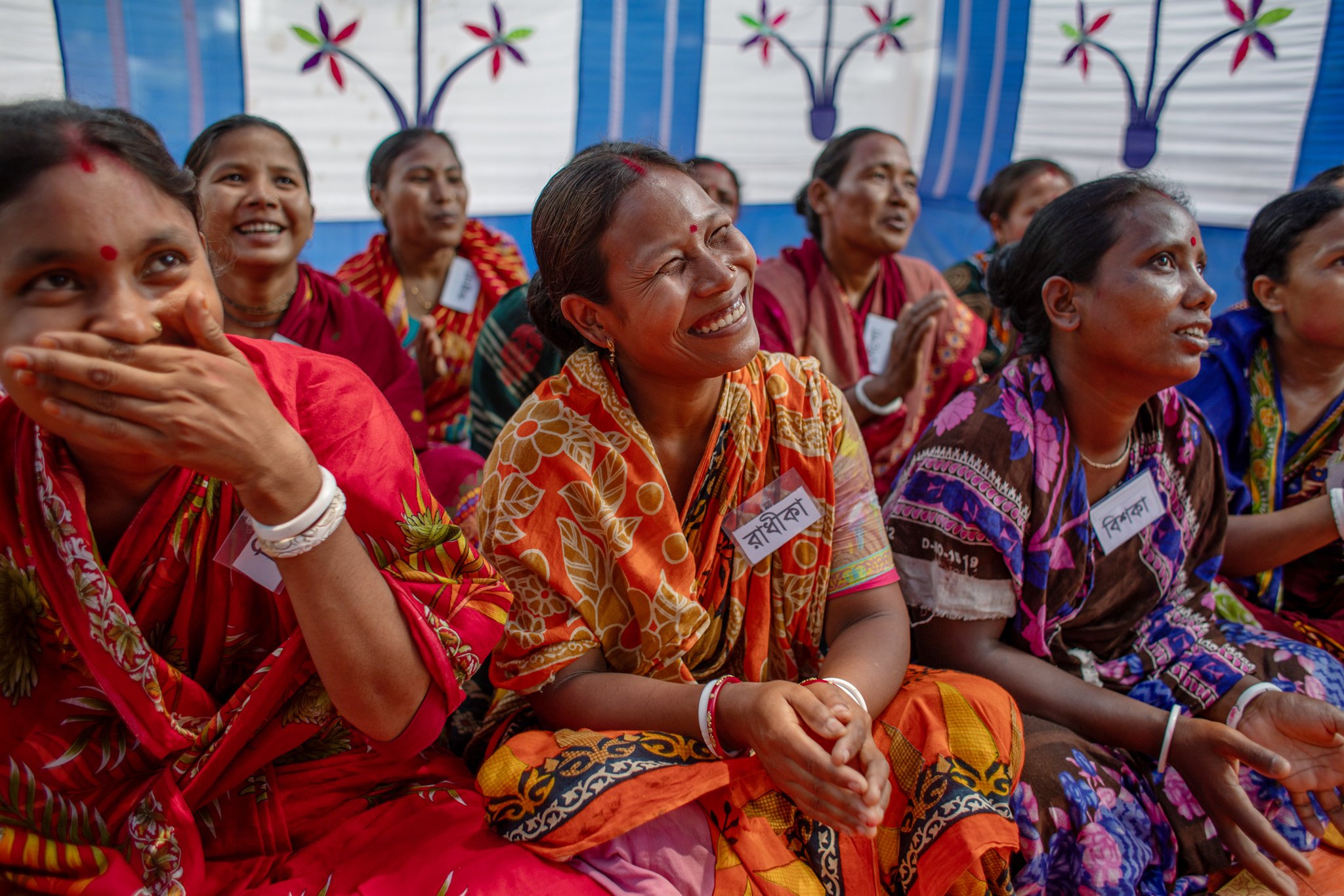We collaborated with Impact Hub King's Cross, to put on a fundraising event with a difference. 'Social Impact Designers Who've Failed & Thrived' - a mashup of global campaigns, FuckUp Nights and #GivingTuesday - allowed us to breakdown the stigmas surrounding failure. It was a lesson in learning from mistakes, sharing and humility.
Five outstanding speakers, from the world of social impact, took the stage to present their stories. We exhibited photographs of our sanitation project in Bangladesh and held a raffle to raise vital funds for the next project phase. The energy in the room was infectious.


























It was a sell-out event, and you helped us raise £1078 for Jogen Babu Maath slum. Thank you to everyone who supported, and to our speakers - Peter Murray, Jo Ashbridge, Jonty Sharples, Jack Graham, Finn Williams and Lauren Currie.
Read our thoughts on the event.
View our event welcome pack >>
“... a dynamic event full of interesting people with a lot to take away - thank you.”
“It made me think a lot about the positives which can be found in my own failures.”
How do you feel about your own failures? Why were you interested in our event? Did it change your opinion about failure?
We asked our audience - here's what you told us:
At the start of the event, only 9% felt at peace with failure
55% believe your failures are due to a lack of experience
75% said our event changed your perspective on failure
The amazing lineup of speakers was the main reason you came
Over half made new connections on the night
Check out the animation, by our friends at Voist, for more insights >>










